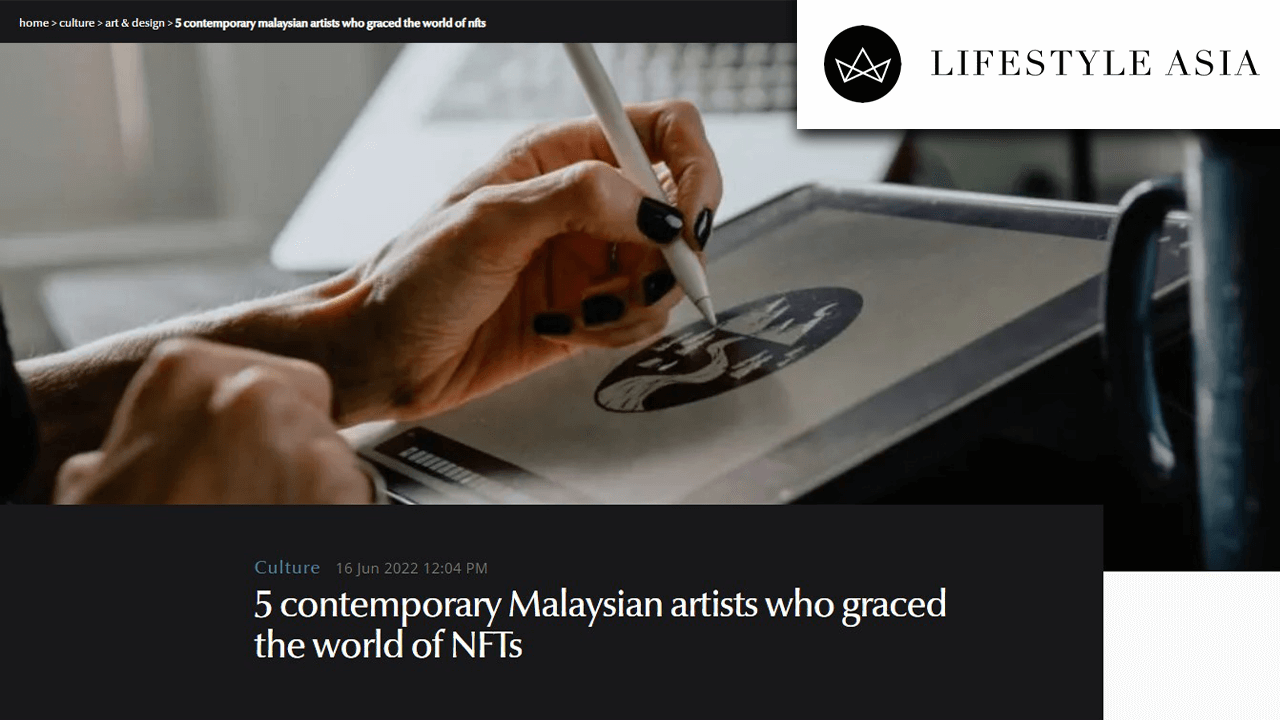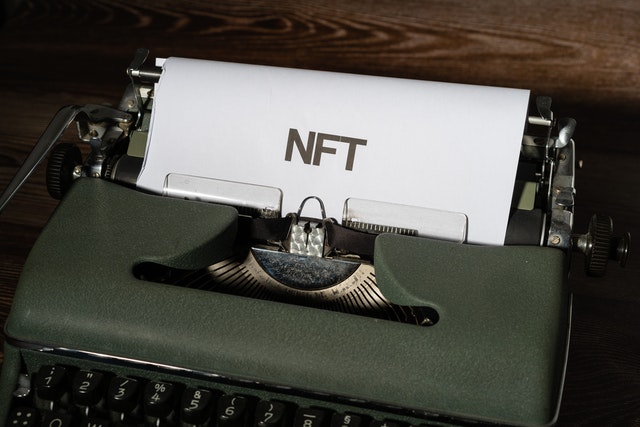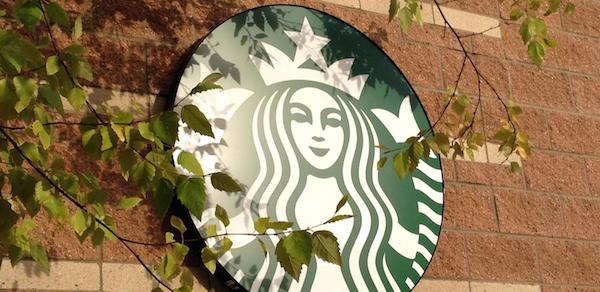Digital art has existed for over thirty years, but it’s only now getting the mainstream spotlight. According to Statista, global online art and antique sales amounted to $12.4 billion in 2020, rising from $6 billion in 2019.
In particular, digital art sales increased substantially in 2020, rising from $4.8 billion in 2019 to approximately $7.9 billion.
This sales trend is expected to continue into 2022, with the notable highlight of 2021 already being the sale of the digital art piece titled “Everydays: The First 5000 Days” by Mike Winkelmann (professionally known as Beeple).
On March 11th, 2021, Beeple sold an NFT of his JPG file artwork for a record-breaking $69.3 million. This unique digital art piece was a collage of all the images Beeple had posted online each day since 2007.
Generally, 2021 has altogether seen the popularity of digital art skyrocket, mainly due to the authentication possibilities presented by NFT technology. So, what is all the digital art fuss about?
What is digital art?
Digital art is essentially any artistic work that utilises digital technology as an indispensable part of the creation or presentation process. Others define it as an art form in which computer technology is leveraged in a wide diversity of ways to achieve distinctive work.
Since the 70s, different names have been employed to symbolise digital art, such as computer art and multimedia art. However, the core principle of exclusively creating art using computers and specific types of applications (vector applications) to create art remains the same today.
Despite seeming like a niche space, digital art spans an incredibly broad spectrum of mediums, from animations, digital paintings to even 3D printed sculptures.
Types of digital art
- Dynamic paintings: As the most advanced form of digital art, dynamic paintings are created in a process that involves a computer that paints a picture, or art with minimal physical labour.
- Digital Photography: With this, the artist employs a digital or conventional camera. Arguably the most popular form of digital art, photographs are digitised and transformed in a computerised environment via image editing and special effects software.
- Algorithmic/Fractals: Sometimes called “computer generated” art, this art form primarily involves the employment of mathematical formulas to manipulate the display capabilities of the hardware, with the creative intentions of the artist/mathematician in mind.
- Vector Drawing: In this art form, the digital artist leverages vector drawing software to create the digital art image in a virtual environment. This approach generates shapes that are outlined and filled with various colours and patterns to achieve a harder-edged or graphic look.
- Photopainting: Photopainting combines the disciplines of photography and painting. In practice, the artist utilises image editing and paint software to complement darkroom techniques to create further expression within an image.
- Digital Painting: This digital art form revolves around 2D computer graphics. Here, 2D dimensional models of images and texts are employed in animations to emulate natural media styles.
- Digital Collage: This digital art technique combines many images from different sources into one image. This is usually achieved with the help of layering techniques in image editing and paint software. Artists may also employ images from x-rays or even radar to produce images that the eye doesn’t typically see, thus expanding the realm of human perception.
- Integrated Digital Art: Sometimes called “mixed media”, artists merge a number of techniques to achieve unique results in integrated digital art.
- Pixel art: This digital art form is used in images and videos for games, movies, music, and other aesthetic ventures.
What are digital art NFTs?
A non-fungible token (NFT) is essentially a unique, non-transferable digital asset stored in a blockchain. In practice, an NFT can represent any distinct digital item that is not interchangeable. For example, art, audio, videos, items in video games and other forms of creative work.
When purchasing an NFT asset using cryptocurrencies like Ethereum, buyers typically get a digital, blockchain-backed certificate of authenticity. For this main reason, NFTs are often used to prove the ownership of digital files like GIF, JPEG, MP4 or MP3 formats.
Key principles of digital art
Before we discuss the principles of digital art, it’s better if we outline the critical elements that frame all digital art:
- LINE: This is a continuous point or mark in space.
- VALUE: This constitutes light and dark parts of colour.
- SHAPE: This is a two-dimensional area defined by an outline or edge, i.e., length and width.
- TEXTURE: This is how a surface feels, or how it looks like it would feel if it could be touched.
- FORM: This is an object with three-dimensions: length, width and depth.
- SPACE: These are the open parts between, inside, or surrounding shapes or forms.
Since we have outlined the major elements that form all digital art, we now have better context to understand the principles that govern digital art.
Variety
This principle concerns the use of multiple different elements to hold a viewer’s attention and make the art aesthetically interesting. For example, changing a single element of art, or utilising multiple elements simultaneously.
Emphasis
This component of digital art design catches the viewer’s attention. Typically, the artist makes one area stand out by distinguishing it from other areas. For example, creating contrast in size, colour, texture, shape, etc.
Unity
The unity principle revolves around creating a feeling of harmony between all parts of the digital art. This creates a sense of oneness or wholeness, and can be achieved by repeating similar elements like colour, line, textures, shapes, etc.
Rhythm
Rhythm is achieved when one or more design elements are used repeatedly. Similar to achieving rhythm in music, rhythm in digital art can be used to achieve a feeling of movement around the digital art.
Proportion
Proportion concerns the relative size and scale of the different elements in a design. It is the relationship between the sizes of objects or parts of a whole in a picture.
Pattern
Patterns are created by repetition, i.e., whenever a design element of art repeats in digital artwork. Pattern and repetition when combined help create unity.
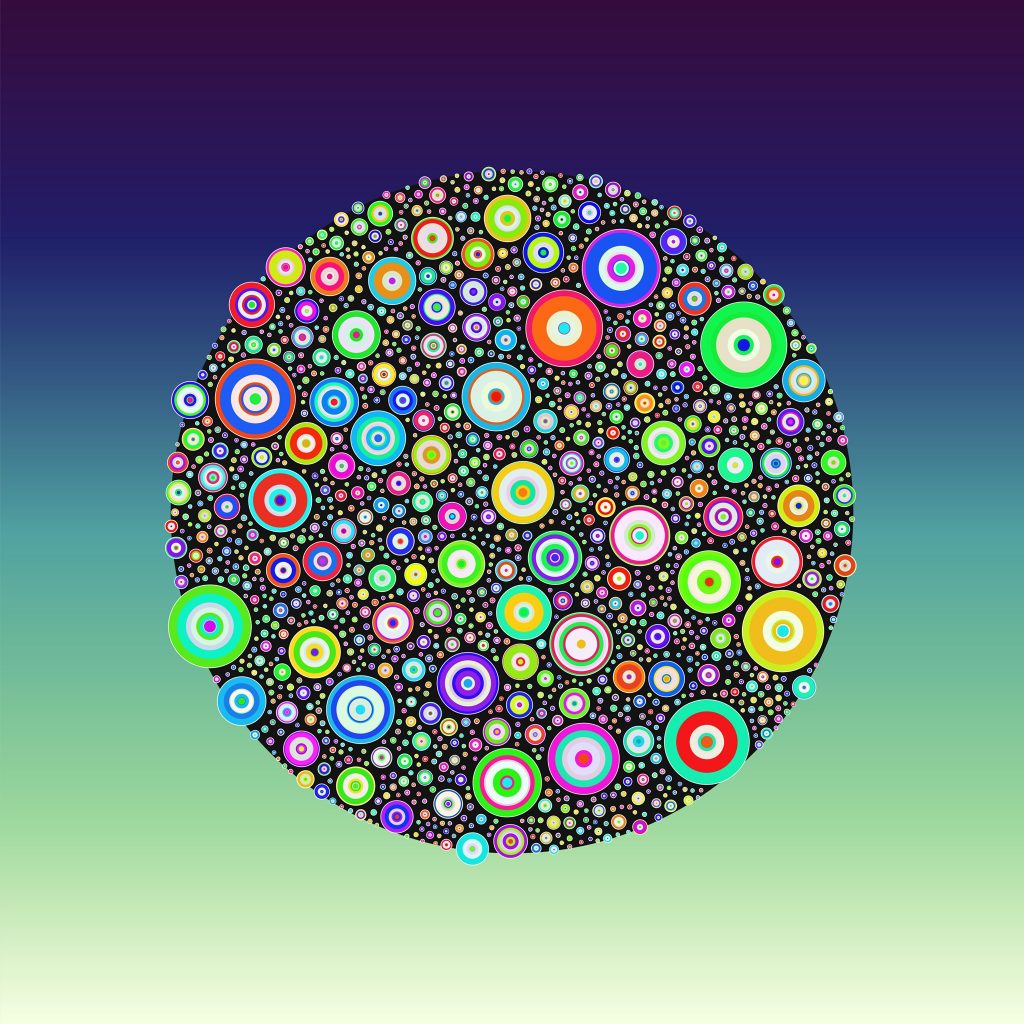
Balance
The balance principle relates to the distribution of the visual weight across digital art. The different types of balance are:
- Symmetrical balance: Where two sides of the art have the same or similar elements.
- Asymmetrical balance: Here, the sides of the art are different but appear to maintain the same “weight”.
- Radial balance: Here, elements are arranged around a central point and can be similar.
Where is digital art used?
The applications of digital art are countless. However, it is most commonly used in commercial settings. For example, for media advertisements, or production of visual graphic effects and animations in films and video games, etc.
However, in recent years, digital art has moved into the high art collector sphere via auction houses like Christie’s and NFT marketplaces. As a result, we are currently seeing more digital artists selling their works for prices previously exclusive to traditional artworks.
Advantages of digital art
- Easy to get started and work quickly.
- Nothing is permanent when you have the undo button.
- Provides unlimited experimental possibilities.
- Easier duplication. Ideal for working with clients.
- Cheaper equipment/materials when compared to traditional artwork.
In contrast, traditional art is relatively expensive when it comes to supplies, paint and paper required when making artwork.
Furthermore, digital artwork can be easily edited, manipulated and altered by anyone using a computer, tablet, or mobile device. Generally, compared to traditional art, digital art is more convenient, easier to carry, correct, publish and share.
How is digital art made – Getting started
Principally, digital art relies on computer-based digital encoding, or the electronic storage, manipulation and processing of information in disparate formats like text, numbers, images, sounds—in a common binary code.
The primary tool for making digital art is a computer. Digital artists cover a wide variety of functions, from digital photography, 3D modelling, to creating animated motion pictures, etc.
For one to start off as a digital artist, they’ll need specialised tools and software to ensure precision and the right workflow when making digital art. For instance, the iPad Pro or the Microsoft Surface Pro (for their sensitivity to touch and clean interfaces).
When creating digital art, you shall also need a digital paintbrush and an additional tool to tell your device which parts to manipulate.
Unfortunately, a regular mouse is not effective for creating vector art as it does not offer an adequate level of precision required to create accurate lines. So, you’ll need a special stylus or something like the Apple Pencil.
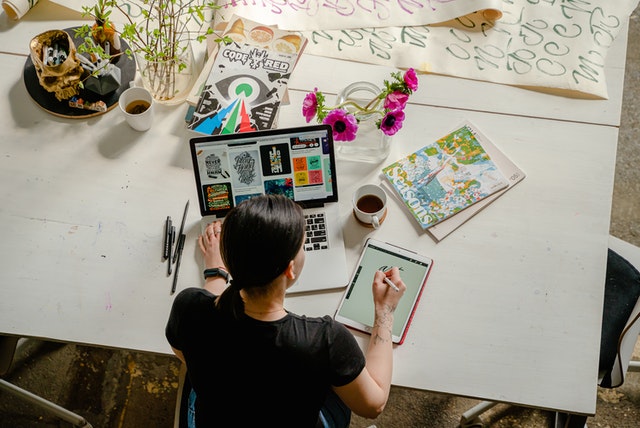
In terms of specialised software, the most widely used applications in the digital art industry are:
Digital art for beginners – Questions answered
Is digital art really art?
Many people assume that with digital art, most elements of the process are basically automated by a computer, as opposed to being done manually. This is untrue, as intentional design manipulation and invention is required. So, yes, digital art really is art.
Is digital art easier than traditional drawing?
Digital art development allows you to undo mistakes without much consequence. Colouring, layering and shading are much easier to do on digital media, with many different tools and settings available. So, it could be easier than traditional drawing in some ways. Nonetheless, it still requires just as much creativity as traditional art, if not more.
Is digital art entry easier for beginners?
Not really. Digital art development still necessitates similar basic artistic entry-level skills and proficiency with working with different software.
Are there disadvantages of digital art?
Yes, the unlimited and limitless possibilities can sometimes lead to creative paralysis. Furthermore, it can be printed on textured paper but won’t provide the same authenticity as an original physical painting.
Where can digital art be used?
The uses of digital art and designs are practically endless. The most recent use cases of generative art are in merchandising products like wall art, home decor, apparel, furniture and interiors, etc. Check out some unique psychedelic art products at TrippyMojo.
Conclusion: Is digital art the future?
The future of digital art will be defined by NFTs and artificial intelligence. Particularly, NFTs have created an unprecedented avenue for creators to commodify their creativity while also making it possible for buyers to fully authenticate artwork and keep a digital fortune.
The future of digital art could also see the adoption of virtual reality (VR) and augmented reality (AR) as a way for digital artists to present their work to the public. Furthermore, we could see more digital artists leverage hologram technology in exhibitions and museums.
